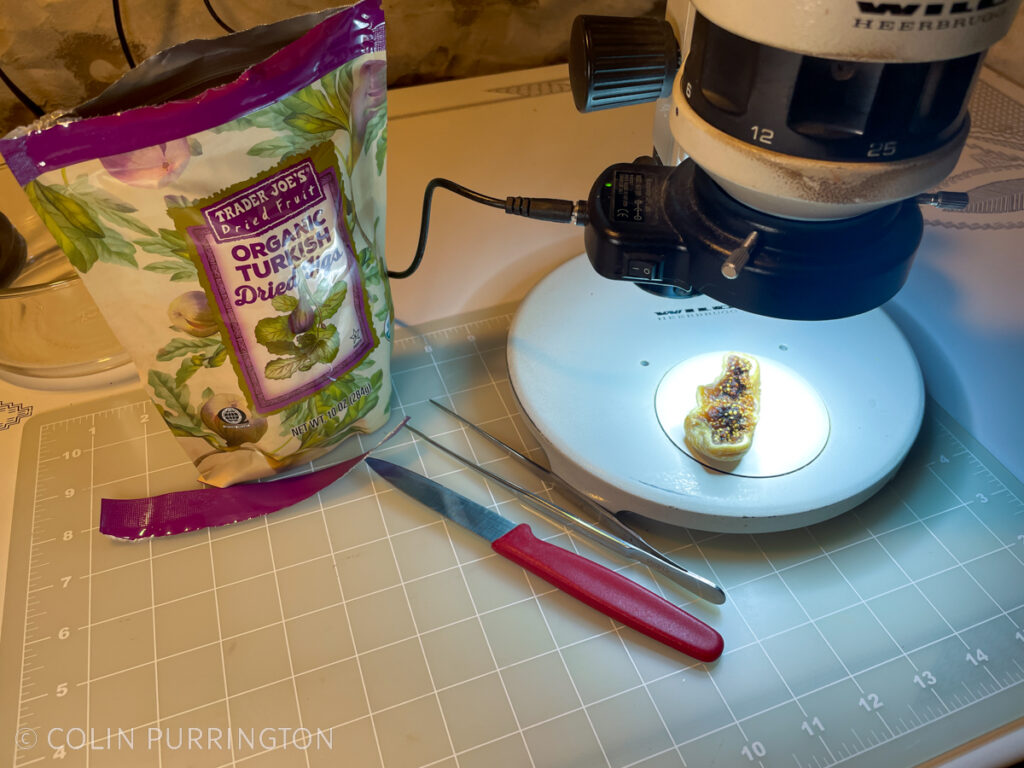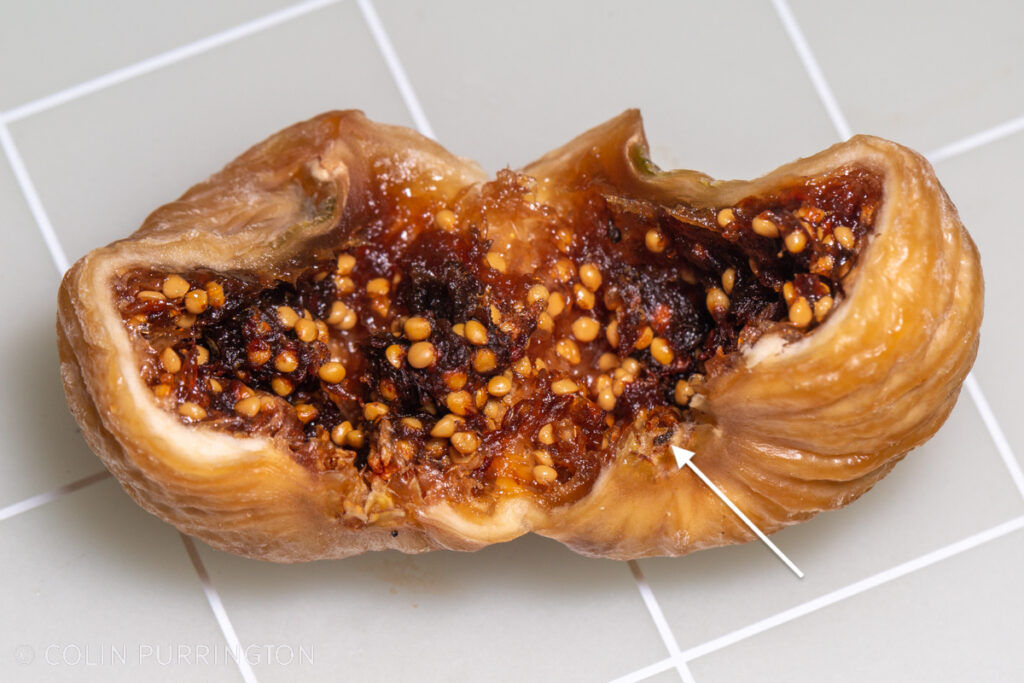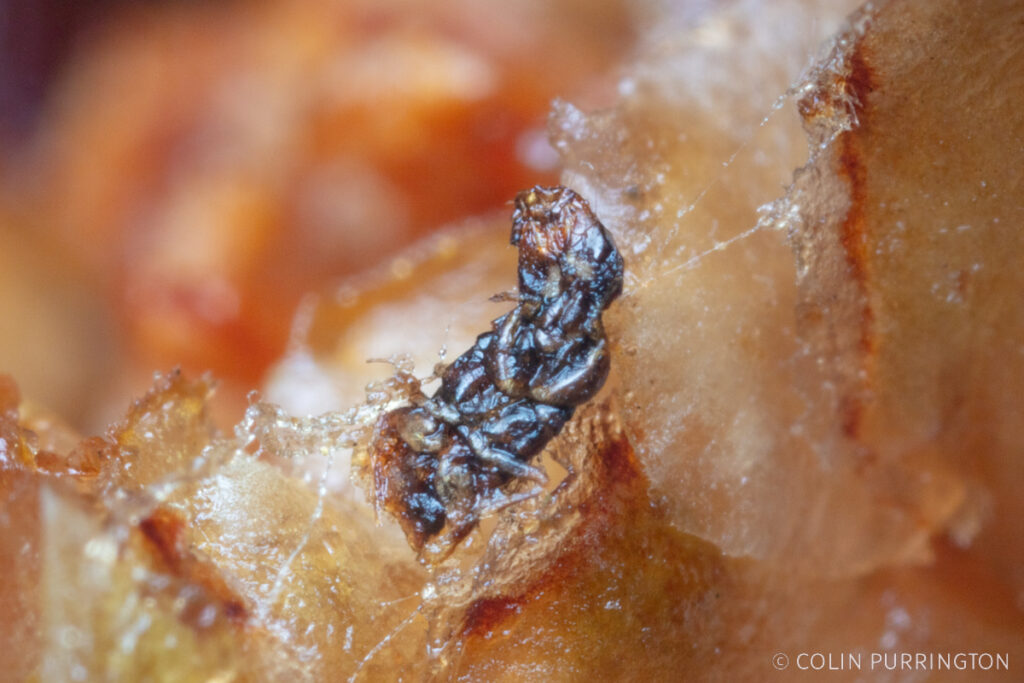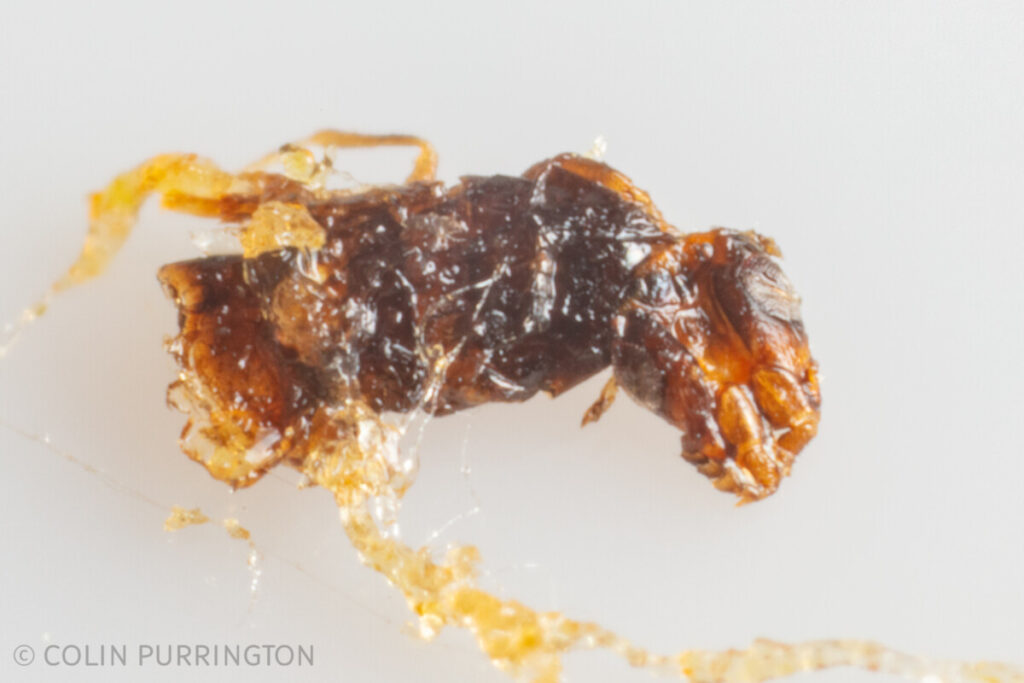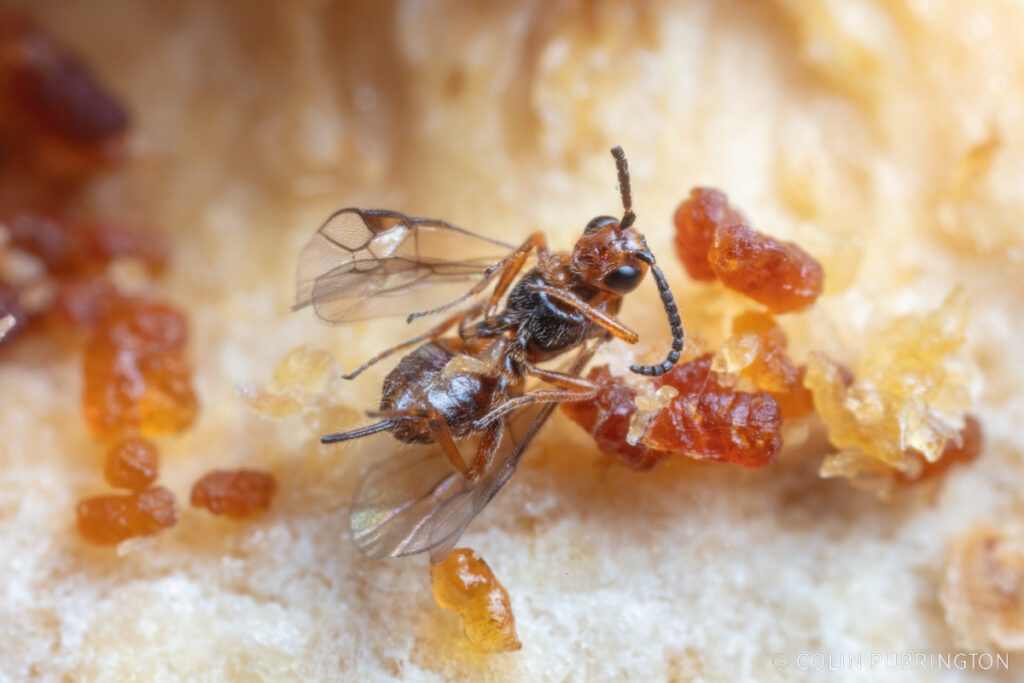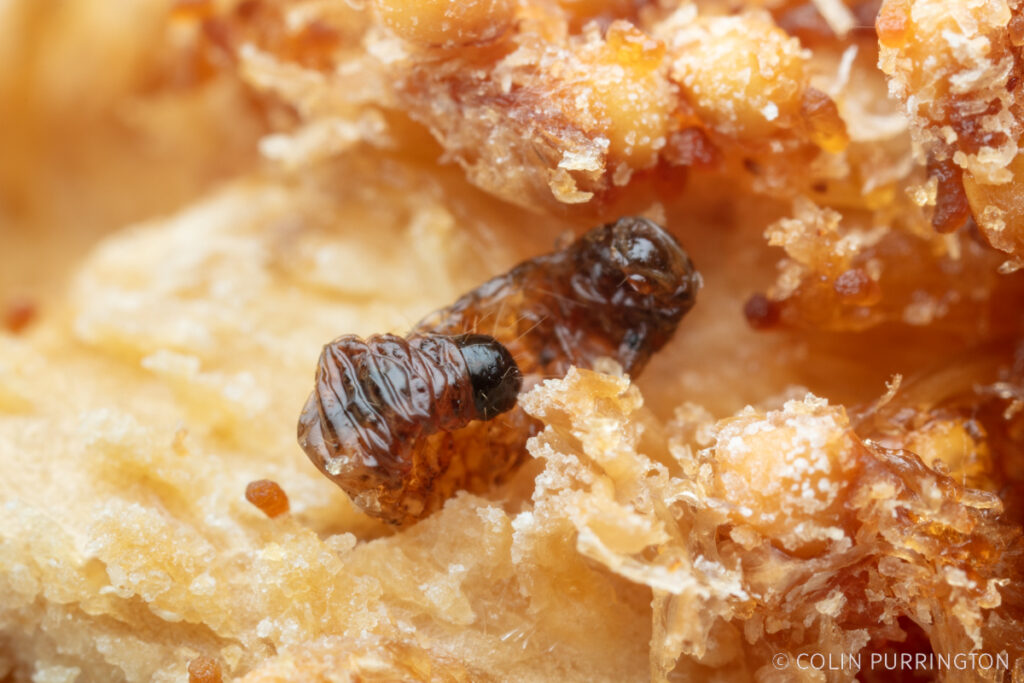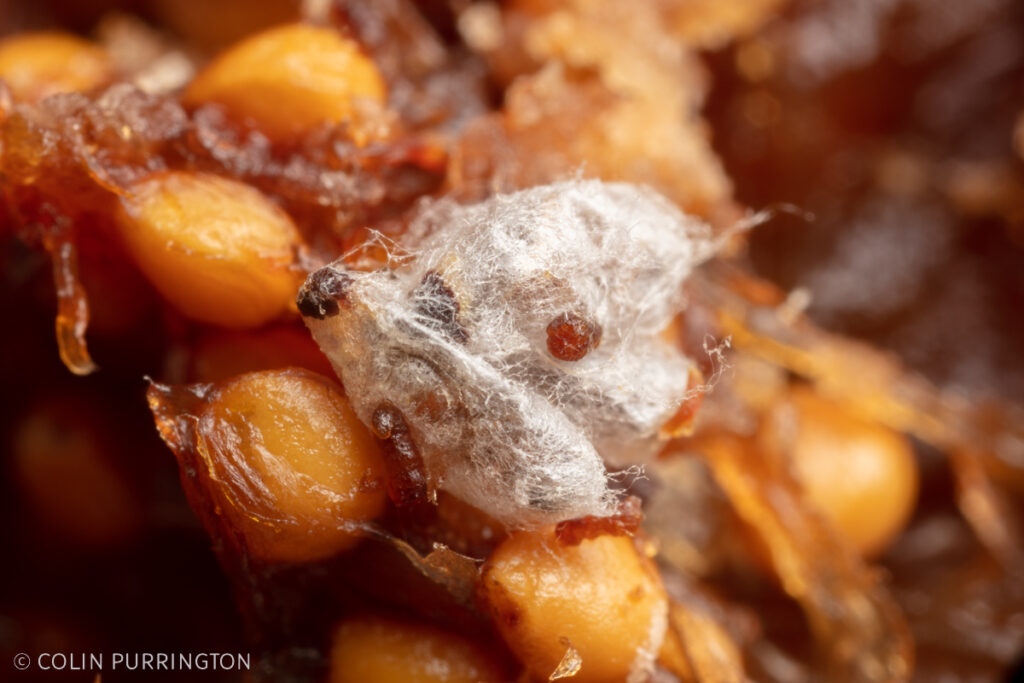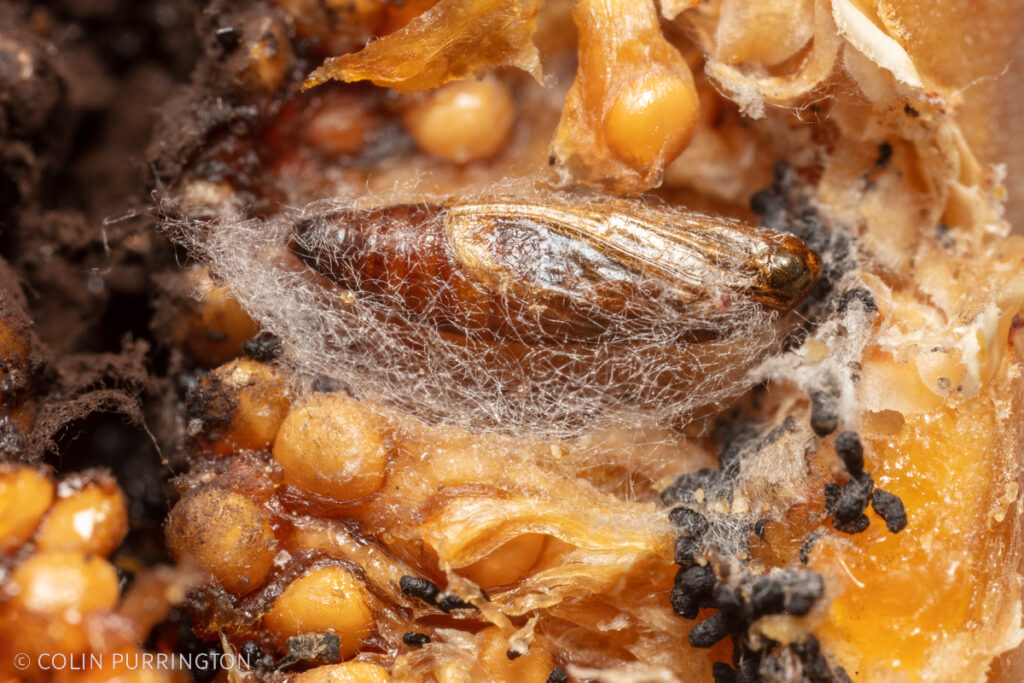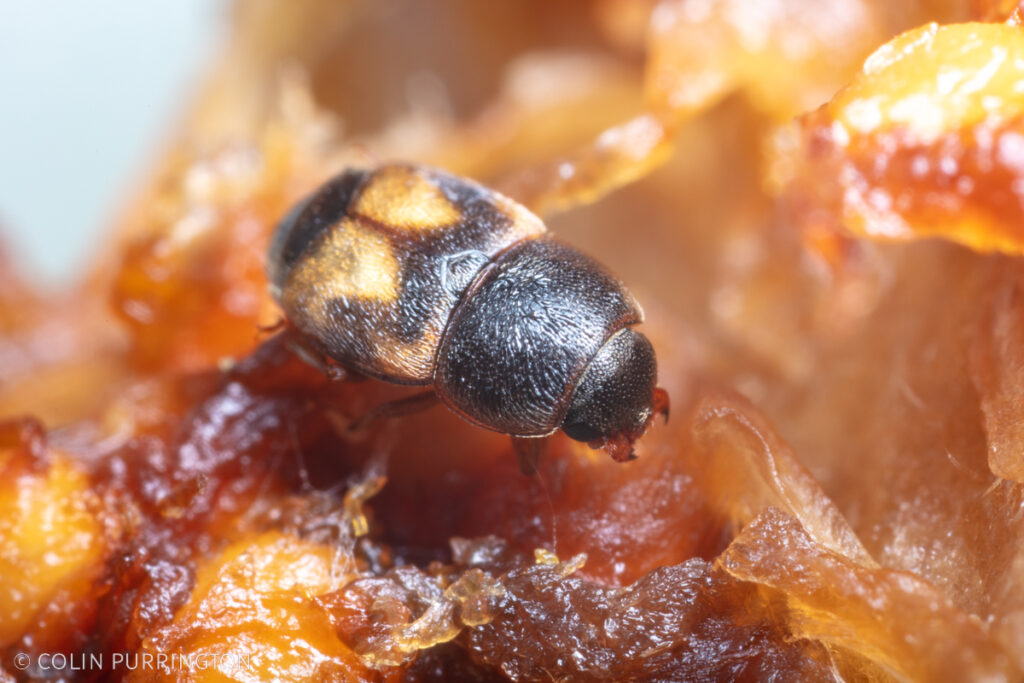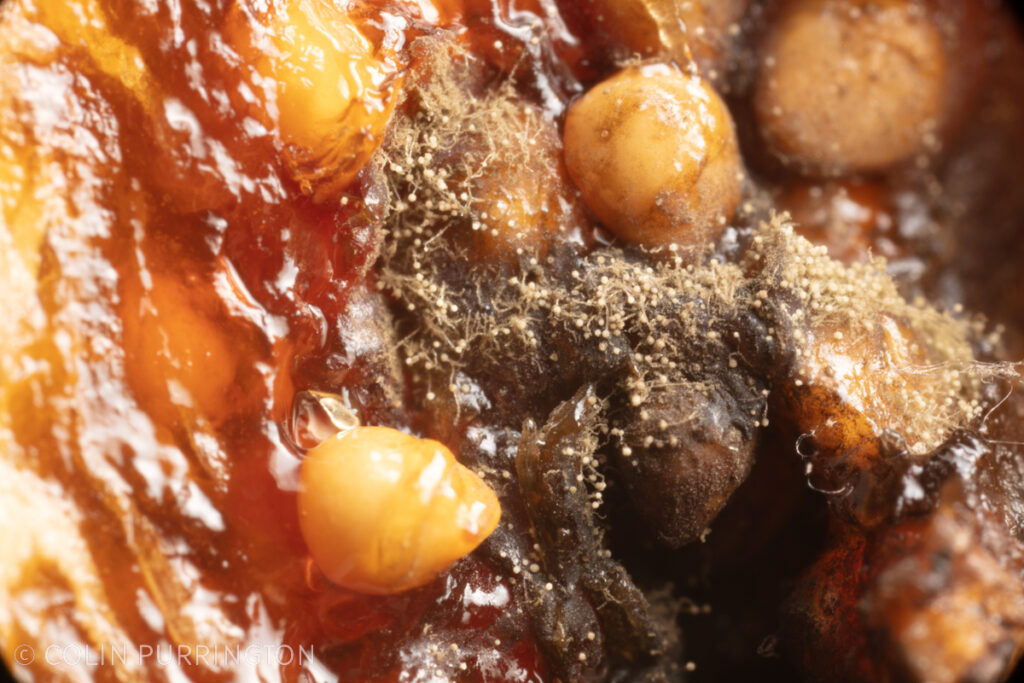Some nature pics from a June hike at Smith Rock State Park in Terrebonne, Oregon.
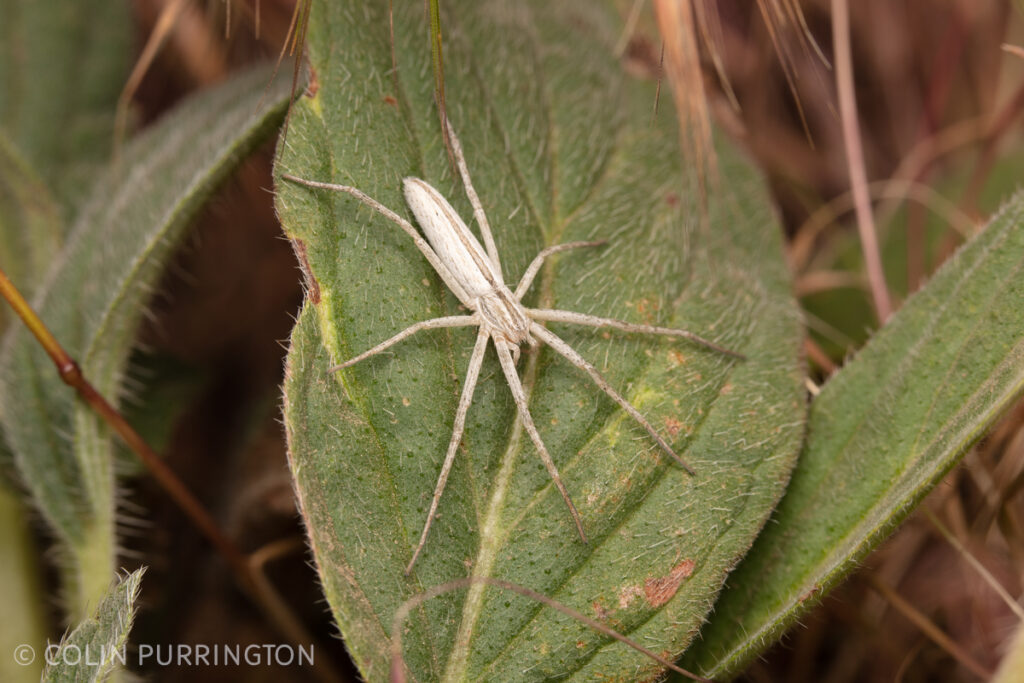
The first thing I encountered was this slender crab spider (Tibellus), a member of the running crab spider family (Philodromidae). I’m trying to key it out to species but experts advise me to give it up.

I think this is in the genus Mecaphesa (Thomisidae). The ID is based on the relative size of the eyes (anterior laterals are larger), whether all 8 eyes are visible from above (they are not), and presence of hair. Its victim is a syrphid fly.
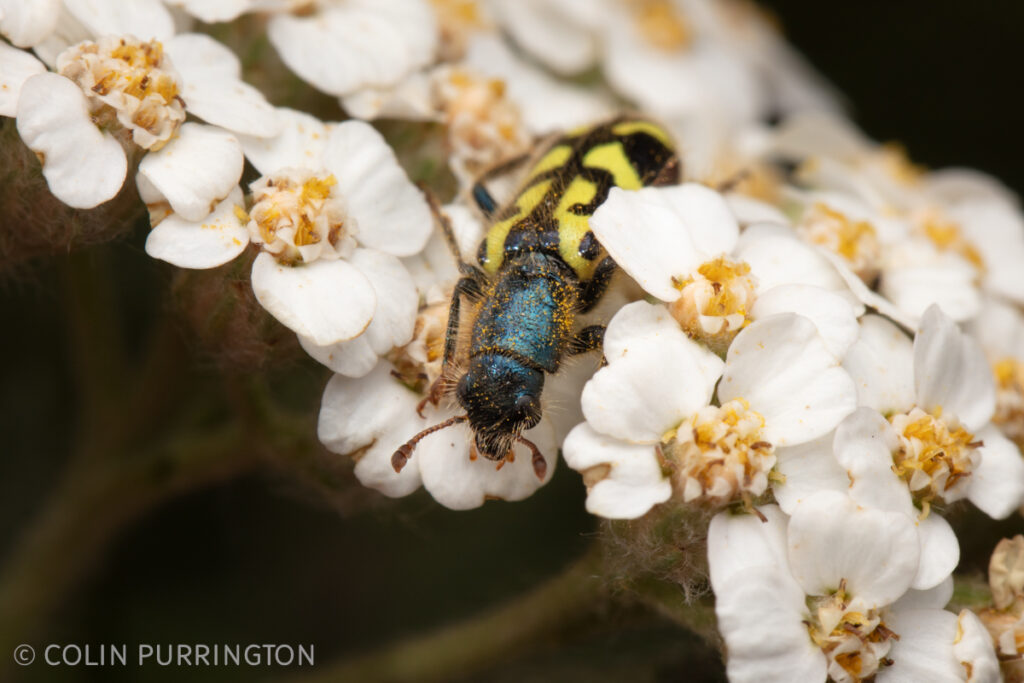
This beauty is an ornate checkered beetle (Trichodes ornatus), a parasite. It oviposits onto flowers such as yarrow and the resulting larvae wait for unsuspecting bees (e.g., Ashmeadiella) and wasps to show up, then attach to them. Once back in the nest they eat the larvae of the host. Jeff Mitton (University of Colorado Boulder) has an excellent web page on the species.https://www.inaturalist.org/observations/167186806

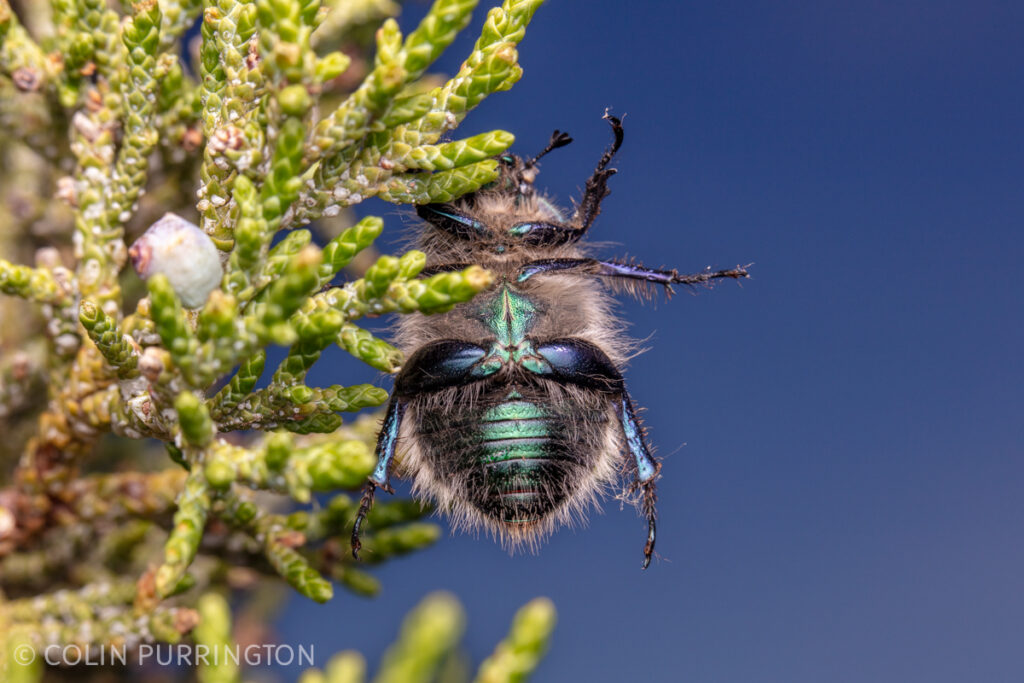
This adorable beetle is a hairy bear scarab beetle (Paracotalpa granicollis). BugGuide says that juniper is a “likely” host plant, which suggests we don’t really know. Which is kind of amazing given how large and common this species is.
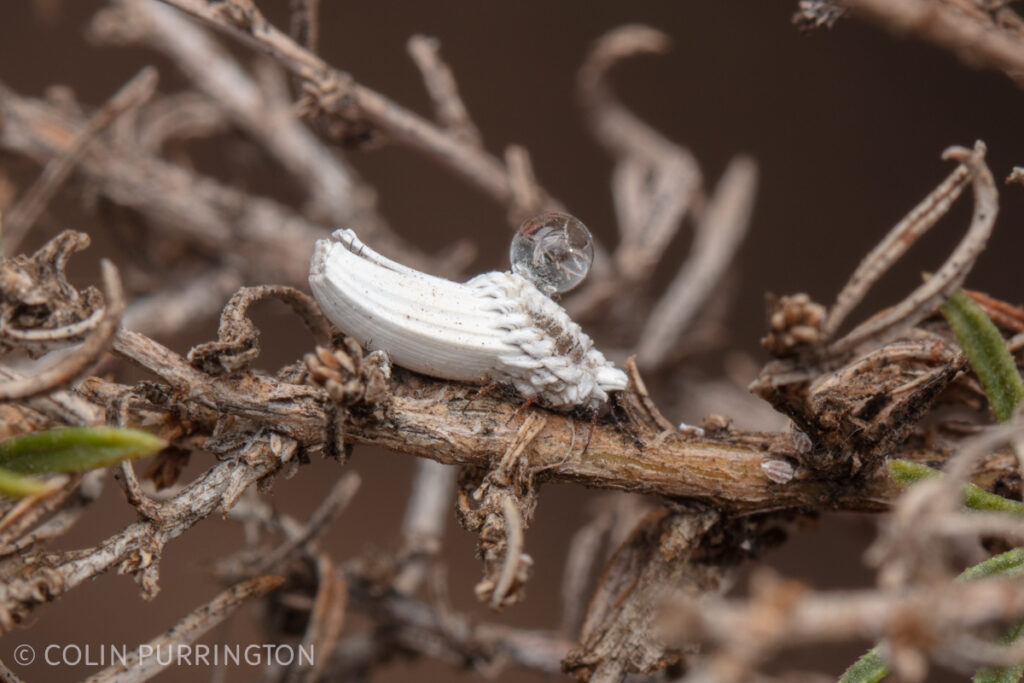
I’m not 100% sure but I think this is Orthezia annae, an ensign scale insect. The honeydew droplet on top is roughly above her abdomen, but it’s a bit confusing given the waxy, protective case that extends posteriorly.
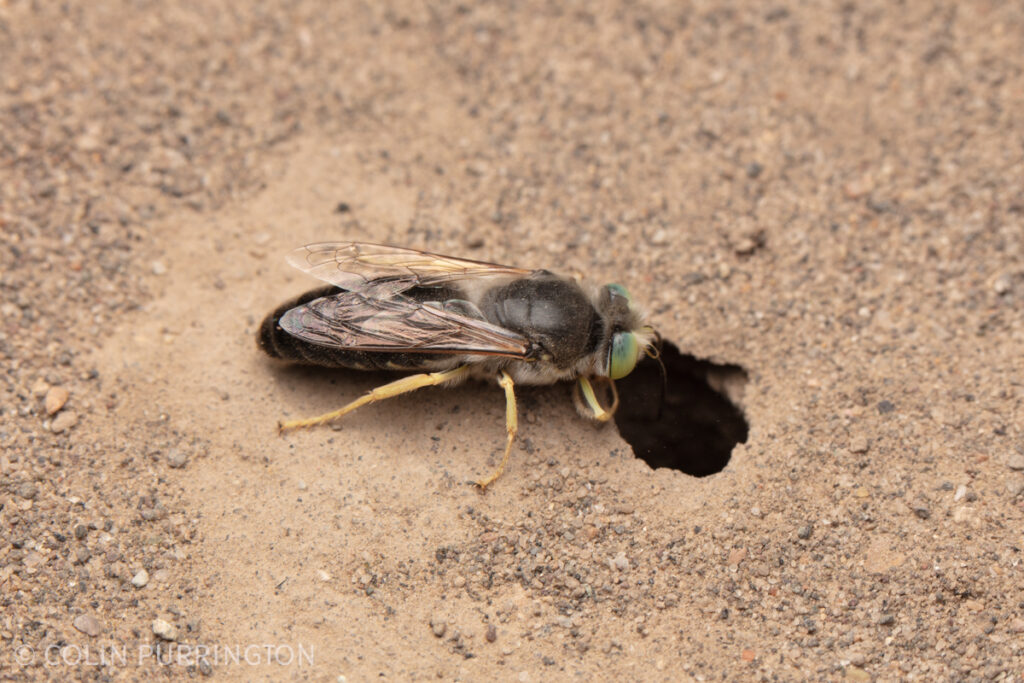
This is Bembix amoena, a gregarious ground nester in the Crabronidae. It took me approximately 20 minutes to get a decent photograph because of its annoying habit of landing for only 2 or 3 seconds at a time. I eventually gave up chasing them (there were hundreds along the path) and simply camped out one of the burrows. Per Bohart and Horning 1971, the females provision their young with large flies (e.g., tabanids). They fold their front legs in a strange way, something they also apparently do while digging (see excellent photographs and videos on Eric Eaton’s website).
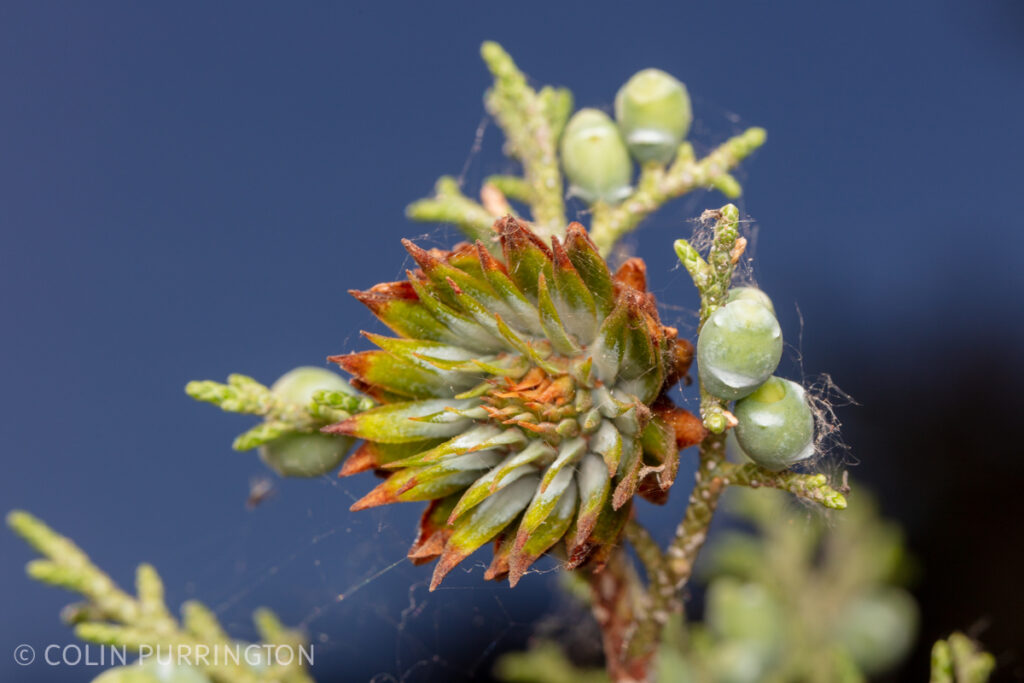
Here’s one of my favorite galls, a bud-like structure on juniper made by an undescribed species of Walshomyia (Cecidomyiidae). Almost every tree had some. Part of why I like it is that my father and sister published a paper together on a moth, Hienrichiessa sanpetella, that sometimes hangs out inside during its larval stage.

These are spongy apple galls on sagebrush. The resident galler is Rhopalomyia pomum, a cecidomyid with a bright red abdomen.
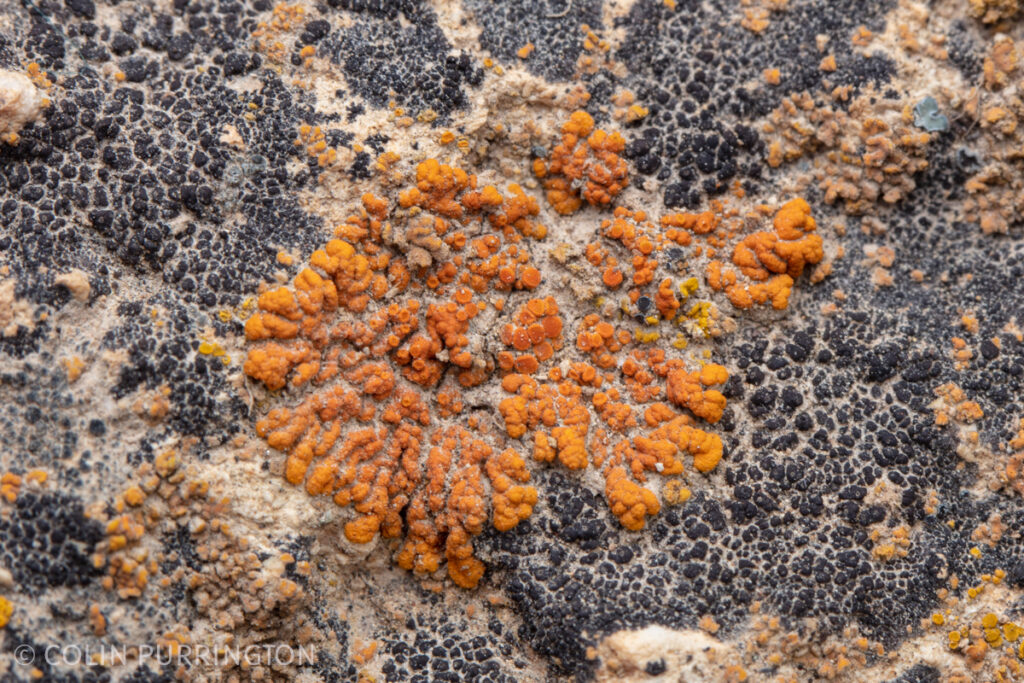
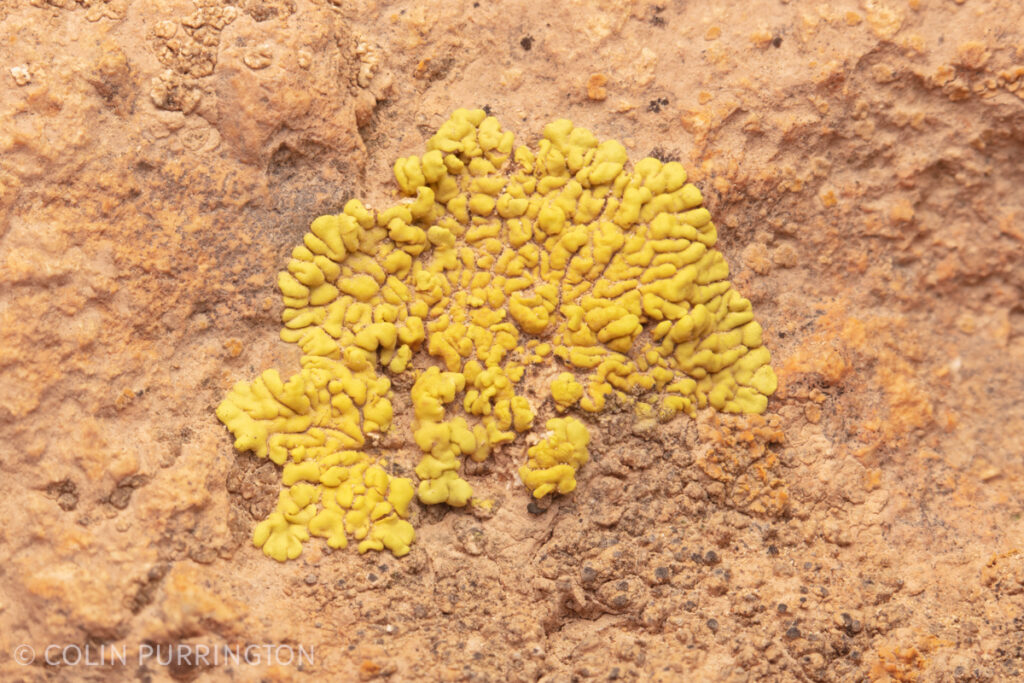
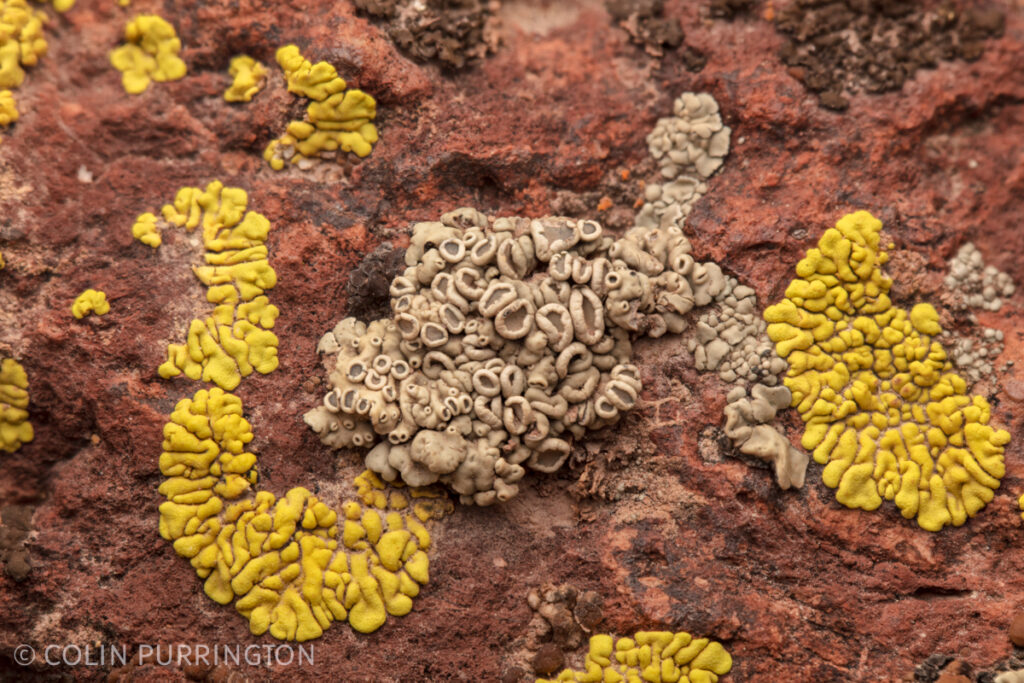
I’m not entirely sure what these lichens are but I just love photographing them every time I visit this park. Possibly sagebrush goldspeck lichen (Candelariella rosulans), gold cobblestone lichen (Pleopsidium flavum), and green rock-posy (Rhizoplaca melanophthalma), respectively. If you know lichens, the photographs are linked to iNaturalist observations and I’d be grateful for help.
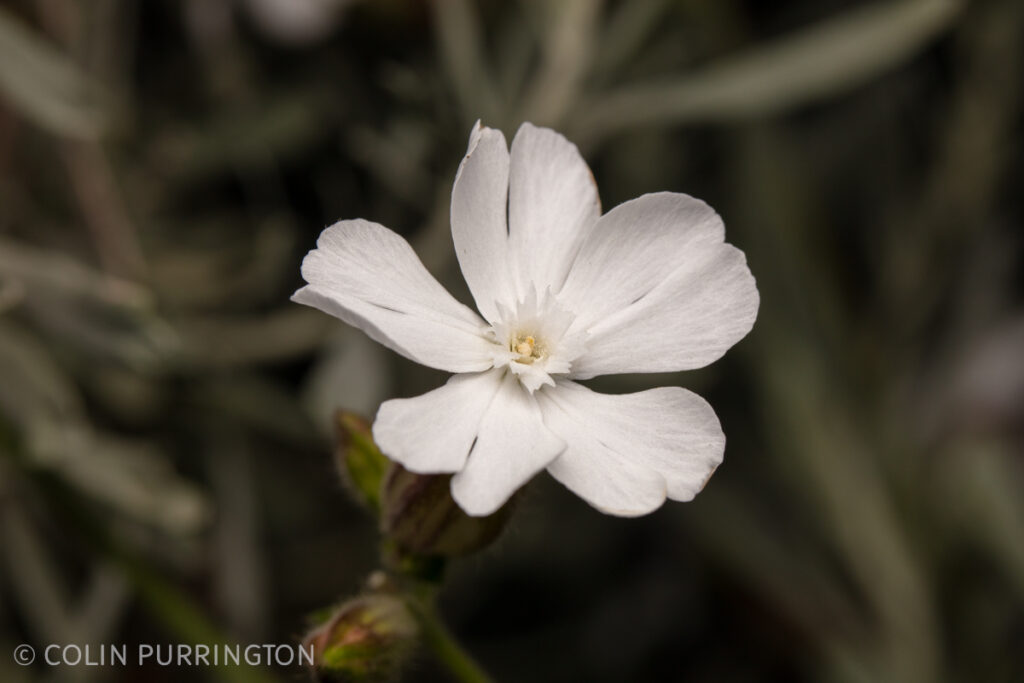
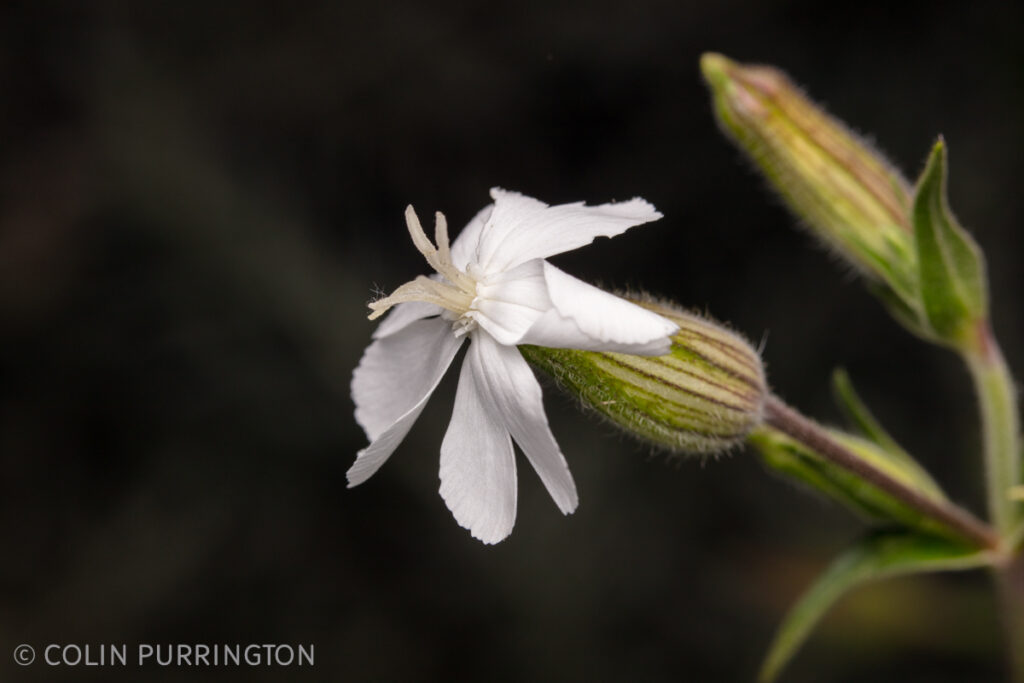
Here are male and female white campions (Silene latifolia), the species I did my dissertation on.
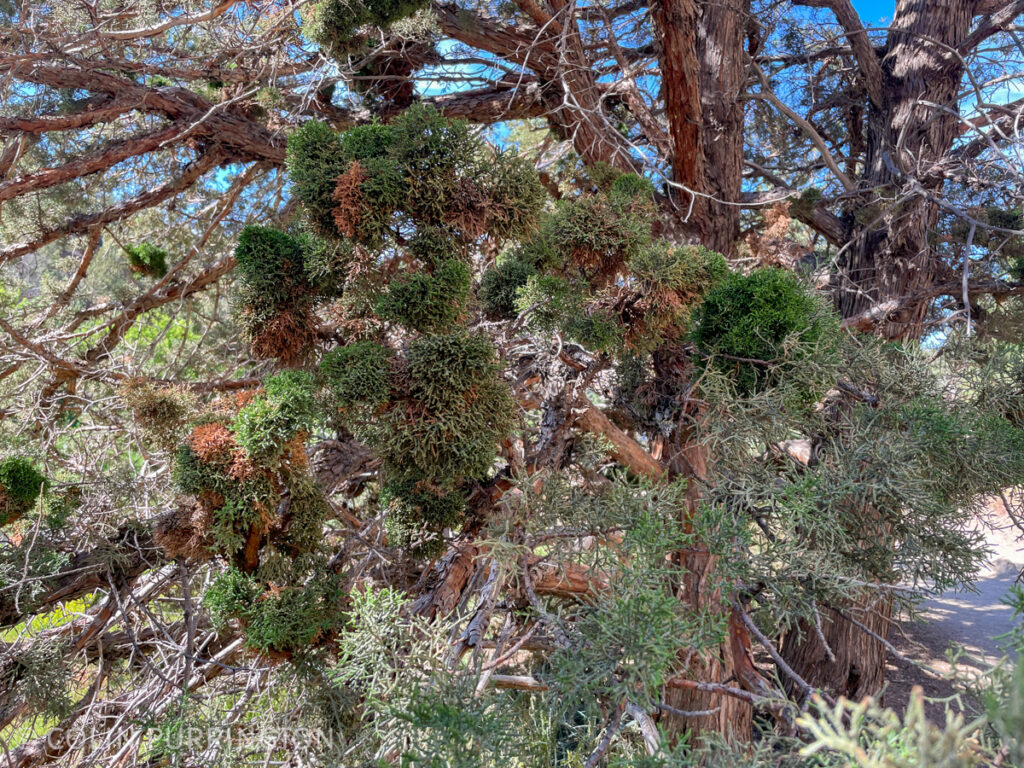
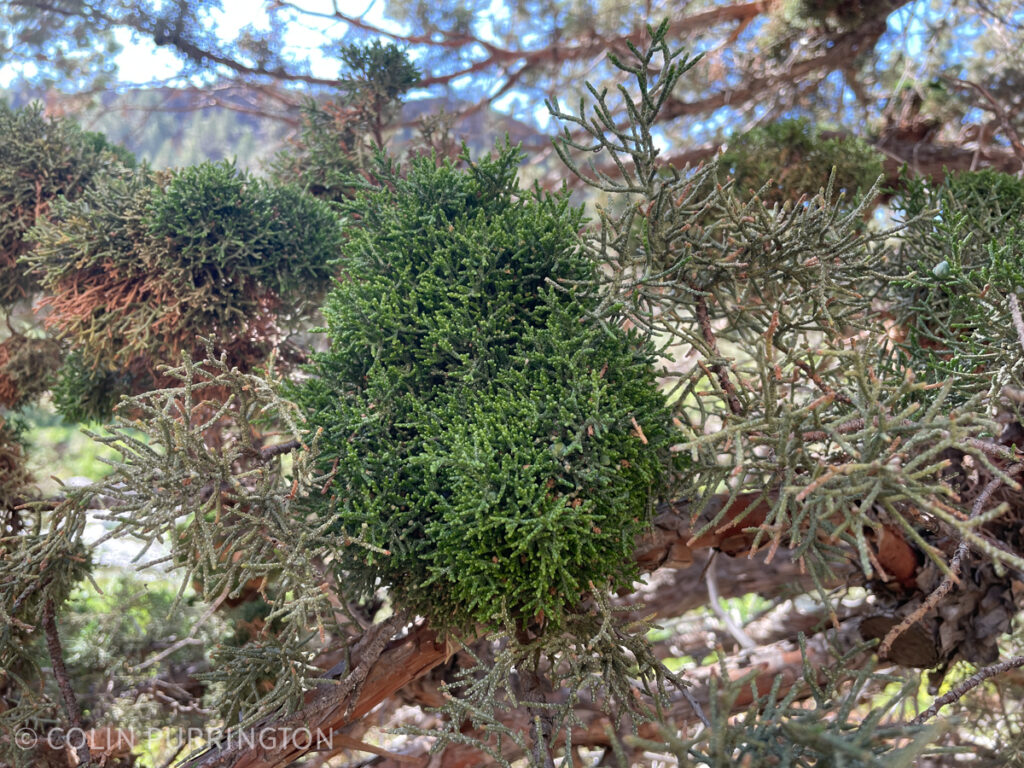
The final photographs show a juniper infected by juniper witches’ broom, a phytoplasma. Kind of looks like mistletoe until you see it up close. It’s everywhere in central Oregon.
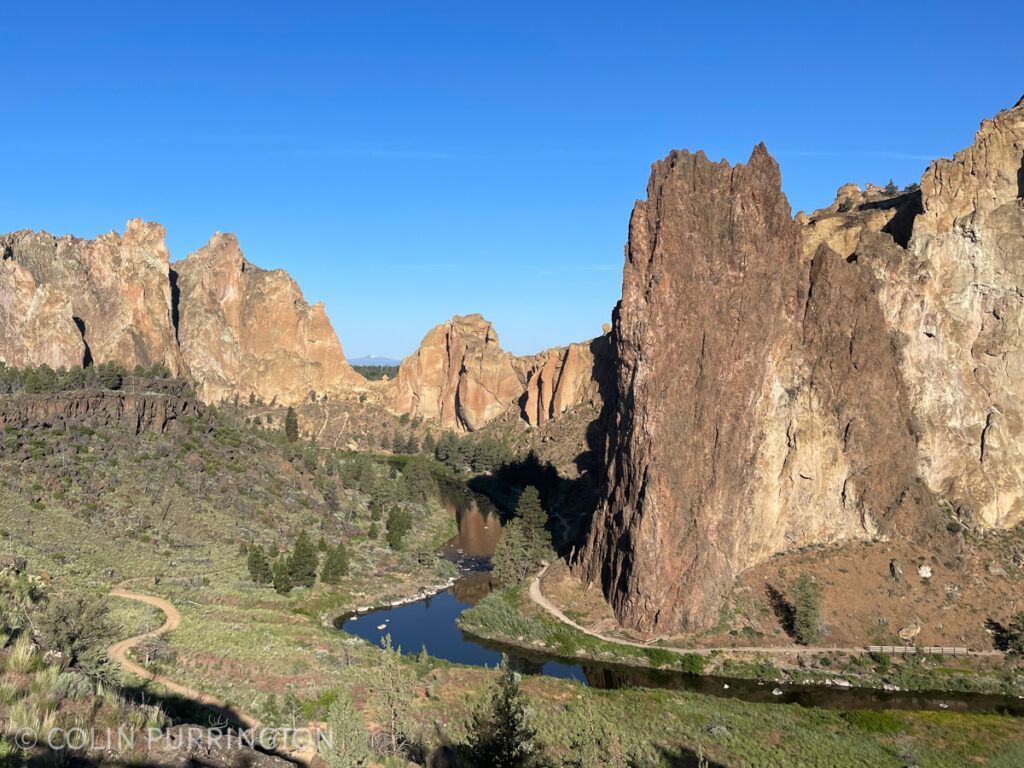
And an obligatory landscape pic. That river has otters but I have to see them.

